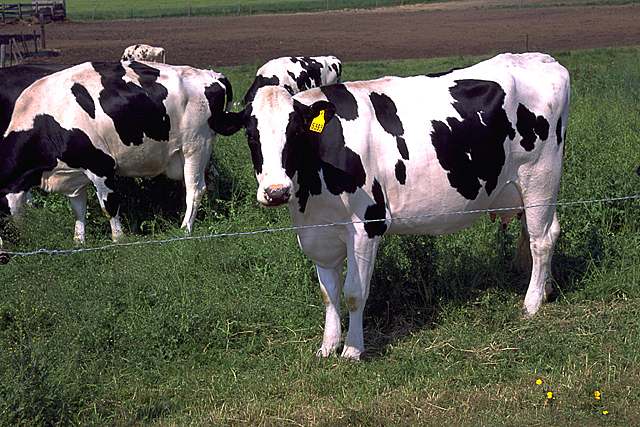A month after Eurosurveillance reported on an outbreak of campylobacter associated with chicken liver parfait served in Scotland in June, the U.K. Food Standards Agency is reminding caterers to make sure chicken liver is cooked thoroughly.
Data provided by the Health Protection Agency shows that 11 of the 15 outbreaks of campylobacter recorded this year at catering premises (such as restaurants and hotels) .jpg) were linked to consuming poultry liver parfait or pâté.
were linked to consuming poultry liver parfait or pâté.
The majority of the outbreaks associated with pâté or parfait, products between 2005 and 2010, have been at catering establishments and involved products prepared on-site as opposed to purchased ready-made.
FSA says that poultry liver carries a high risk of campylobacter contamination if not cooked enough as the bacteria can be present throughout the liver. The Food Standards Agency is therefore reminding caterers to make sure chicken livers are handled hygienically and cooked thoroughly when used in products such as pâté or parfait.
Some recipes indicate that searing chicken liver is enough to kill any bacteria. However, food safety experts at the Agency advise that chicken liver must be cooked all the way through and not just seared. Campylobacter can be present throughout the liver, not just on the surface.
The Agency advises that liver, kidneys, and other types of offal should be handled hygienically to avoid cross-contamination and cooked thoroughly until they are steaming .jpg) hot all the way through. The centre should reach a temperature of 70°C for two minutes or the equivalent time and temperature.
hot all the way through. The centre should reach a temperature of 70°C for two minutes or the equivalent time and temperature.
The equivalent heat treatments are:
* 65°C for 10 minutes
* 70°C for 2 minutes
* 75°C for 30 seconds
* 80°C for 6 seconds.
FSA couldn’t help itself, reverting to old habits by referring to ‘steaming hot,’ but at least they published some times and temperatures. But with all those PhDs, FSA can do better. Recommend using a tip-sensitive digital thermometer, publish pictures showing how to temp a liver parfait, and tell everyone, Stick It In.
.jpg)
 beef and eggs, customers came back in a matter of weeks.
beef and eggs, customers came back in a matter of weeks..jpeg)


.jpg)
(1).jpg) “Heston Blumenthal is one of the most forward-thinking chefs in the world.”
“Heston Blumenthal is one of the most forward-thinking chefs in the world.” manufactured from raw milk contaminated with low levels of this pathogen.”
manufactured from raw milk contaminated with low levels of this pathogen.”.jpg) were linked to consuming poultry liver parfait or pâté.
were linked to consuming poultry liver parfait or pâté. .jpg) hot all the way through. The centre should reach a temperature of 70°C for two minutes or the equivalent time and temperature.
hot all the way through. The centre should reach a temperature of 70°C for two minutes or the equivalent time and temperature. .jpg) Or under the video section on the front page of
Or under the video section on the front page of  facilities in North America.
facilities in North America. discovered at Maddux Park. The sand play areas at both parks are being replaced with water features, officials said, and the renovations should be done by mid-January.
discovered at Maddux Park. The sand play areas at both parks are being replaced with water features, officials said, and the renovations should be done by mid-January..jpg) associated with illness. The investigation concluded that raising public awareness to ensure the correct preparation of raw bean sprouts during cooking was the principal means of preventing further cases.
associated with illness. The investigation concluded that raising public awareness to ensure the correct preparation of raw bean sprouts during cooking was the principal means of preventing further cases.